Cleveland Cavaliers
Starter
Report: Kevin Love interested in joining ‘glamor market’
Source: https://www.fearthesword.com/2025/7...-in-joining-glamor-market-cleveland-cavaliers

Jim Rassol-Imagn Images
The former Cavalier may have his eyes on something more fashionable than The North Shore.
Pretty much the moment that Kevin Love was traded to the Utah Jazz as part of a three-team transaction, the expectation was that he would be bought out. Naturally, the salary-conscience Cleveland Cavaliers emerged as an interested team in Love’s services. But that does not appear to be in the cards.
The veteran forward is reportedly only interested in joining a “glamor market,” per Jake Fischer of Marc Stein’s Substack.
“So with Kevin Love, to my understanding, he really only wants to be in the big glamour markets,” said Fischer. “I do think it would mostly be something along the lines of Kevin Love going to a New York or a Los Angeles type of situation. So, we’ll see if that can materialize for him.”
While the fit with the Cavs makes sense, they likely are not on Love’s radar at this juncture. Even if the 36-year-old Love were to make an exception for the organization that he won a championship with, there is a roster crunch in Cleveland. The front office would probably have to decide between Love or veteran Tristan Thompson, who perhaps has slightly more utility right now as a backup center.
Love only played in 23 games last season for the Miami Heat, averaging just under 11 minutes per contest. Let’s be very clear: the Cavs are not getting even the post-LeBron version of Love back. He would be a Thompson-esque deep bench player who can play a few minutes here or there and stretch the floor and perhaps snag some rebounds. Love’s veteran stature, playoff experience, and quality of teammate would vastly outweigh what he can deliver on the floor at this stage of his career.
But you mean to tell me the place that Superman saves isn't a glamor city?
Source: https://www.fearthesword.com/2025/7...-in-joining-glamor-market-cleveland-cavaliers


















